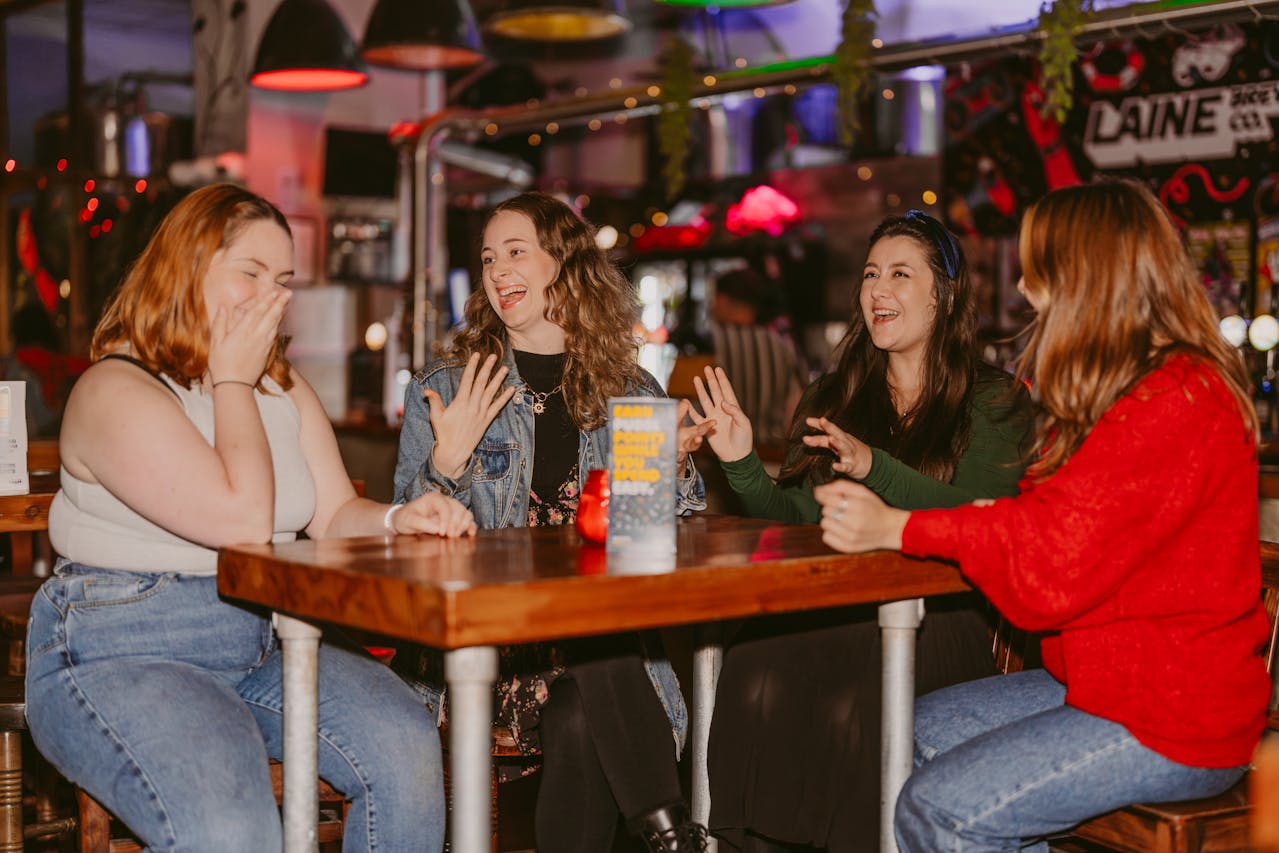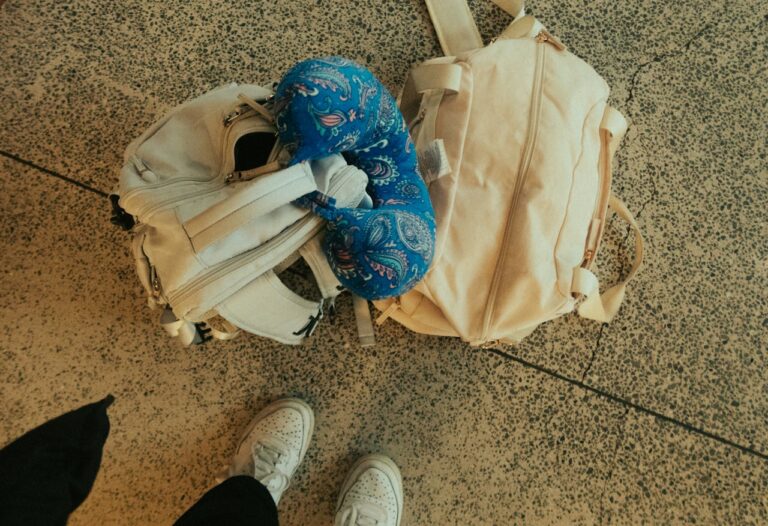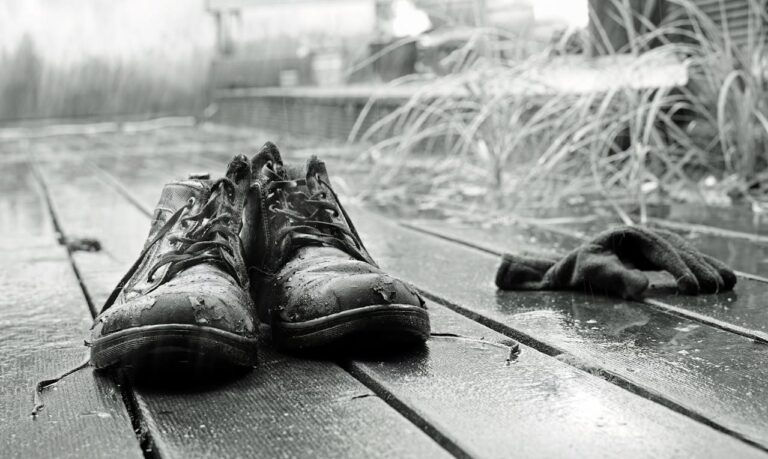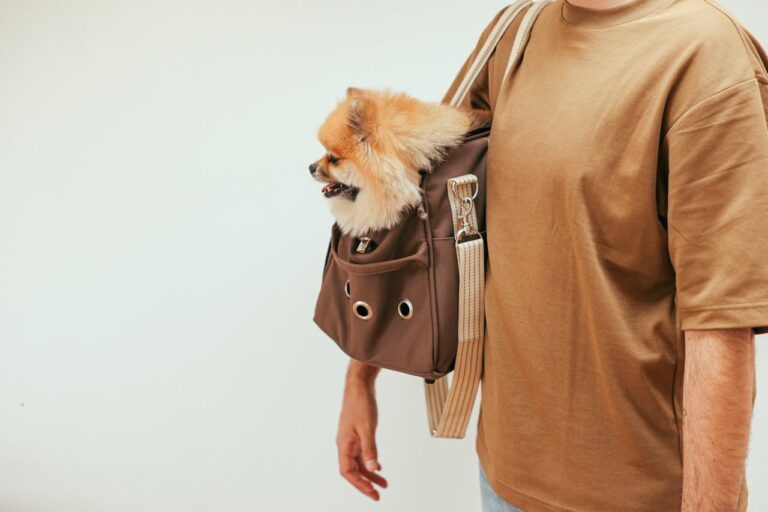Write Us: hello@ali5.org
How to Blend In Abroad (Without Pretending to Be Someone You’re Not)
Want to blend in while traveling without losing your identity? Learn how to respect local culture, stay confident, and connect authentically abroad.

When you land in a new country, the last thing you want is to look like a lost, clueless tourist. But at the same time, you’re not trying to fake an accent, dress in costume, or act like you’ve lived there your whole life.
So what’s the balance?
How do you blend in abroad, enough to show respect and avoid unwanted attention, without losing your sense of self?
That’s the sweet spot we’re going for here. It’s not about pretending. It’s about being observant, open, and adaptable. It’s travel done thoughtfully.
Let’s break down how to blend in naturally when you’re in another country, while still being you.
1. Start With Self-Awareness, Not Self-Consciousness
Blending in isn’t about erasing who you are. It’s about understanding how your presence shows up in someone else’s culture.
Ask yourself:
-
Do I look approachable or oblivious?
-
Am I being loud without realizing it?
-
Am I dominating space (verbally or physically) without meaning to?
You don’t need to feel awkward or apologetic. However, being aware of how locals communicate, tone, gestures, and even eye contact can help you adjust your demeanor.
The goal? Respect the rhythm of the place you’re in, even if it’s different from your own.
2. Watch First, Then Join In
When you get somewhere new, resist the urge to dive in immediately. Observe first. Watch how people order coffee, cross the street, greet each other, line up, or eat in public.
This gives you a subtle playbook for what’s “normal” in that space.
For example:
-
In Japan, silence is common on public transport.
-
In Italy, it’s fine to linger at a table for hours.
-
In Southeast Asia, pointing with your feet is a no-no.
Every culture has its own rules. You’ll stand out less if you follow the local flow instead of assuming yours applies everywhere.
3. Dress for the Place, Not the Postcard
This one matters more than people think, not because you should copy the local look, but because clothing is communication.
What you wear says something, whether you mean it to or not.
Quick tips:
-
Avoid flashy logos or clothing with loud text, especially in English.
-
Check if local dress is more conservative, even in warm places.
-
Wear neutral colors and comfortable layers that help you adjust without standing out.
You don’t have to ditch your style, just adapt it. You’ll feel more comfortable and less like a walking billboard that says “I’m not from here.”
4. Learn a Few Local Phrases (And Use Them)
You don’t need to be fluent. But knowing even 5–10 essential phrases makes a huge difference.
Try:
-
Hello / Goodbye
-
Please / Thank you
-
Excuse me / Sorry
-
How much? / Where is…?
-
Do you speak English?
When locals see you trying, even if your pronunciation is awful, they appreciate the effort. It shows respect. It also makes you seem less like a tourist and more like a thoughtful traveler.
Apps like Duolingo or Google Translate can help, but old-school phrasebooks still work great too.
5. Skip the Loud Touristy Behavior
You probably already know this, but it’s worth repeating: if you’re waving a selfie stick in someone’s face, yelling across a square, or treating the place like a theme park, you’re not blending in. You’re making yourself the attraction.
Better moves:
-
Put your phone away sometimes. Look around.
-
Don’t block pathways or monuments for extended photo shoots.
-
Tip fairly, queue properly, and speak quietly in sacred or solemn places.
The best travelers are the ones you barely notice, because they’re too busy actually being there.
6. Use Public Transportation
Locals don’t sit in taxis all day. They walk, ride buses, take subways, and hop on scooters. If you want to blend in, get out of the Uber loop.
Using public transport helps you:
-
Understand the daily rhythm of the city
-
Observe local routines and interactions
-
Save money while moving like a resident
Don’t be afraid to ask for help or directions. Most people are generous, especially when they see you’re trying to do it their way.
7. Stay in Local Neighborhoods, Not Tourist Zones
Where you sleep and eat changes everything. Tourist hubs are loud, overpriced, and filled with other tourists.
Instead, look for:
-
Residential neighborhoods with guesthouses or local-run Airbnbs
-
Smaller cafés and corner stores, where people recognize you after a day
-
Local markets, barbershops, and bakeries, places where people live, not just visit
The more you’re surrounded by locals, the more naturally you’ll pick up their way of doing things.
8. Ask Locals, Not the Internet
The best way to blend in is to connect.
Instead of Googling “Best restaurant near me,” try asking your host, a shopkeeper, or the barista. Say something simple like, “Where do you go for lunch?”
This gives you:
-
More authentic experiences
-
Less crowded, better-priced spots
-
A chance to build small, real connections
The internet’s fast, but people still know best.
9. Know the Local Do’s and Don’ts
Every country has cultural norms that aren’t always obvious. A quick search before you land can save you from awkwardness, or worse, disrespect.
For example:
-
Tipping is expected in the U.S., but not in Japan.
-
Touching someone’s head is considered disrespectful in many Asian cultures.
-
In some countries, shoes are removed before entering homes or certain buildings.
Even just scanning a cultural etiquette guide on the plane can help you navigate more smoothly.
10. Be Curious, Not Critical
It’s easy to compare things to home. To say, “This isn’t how we do it.” But that’s a fast track to arrogance and isolation.
Instead:
-
Ask why something is done a certain way
-
Appreciate that different doesn’t mean wrong
-
Notice how other cultures solve problems or create beauty in their own way
Curiosity makes you welcome almost anywhere. Judgment makes you a stranger.
Final Thoughts
Blending in abroad isn’t about pretending to be someone you’re not. It’s about showing up with respect, awareness, and an open mind.
When you travel like this, people don’t see a tourist. They see a guest who’s paying attention. Who’s willing to learn? Who values what makes their home special?
So go explore. Be yourself, but be the version of yourself that listens more than you talk, watches more than you post, and appreciates more than you assume.
That’s the kind of traveler the world needs more of.







